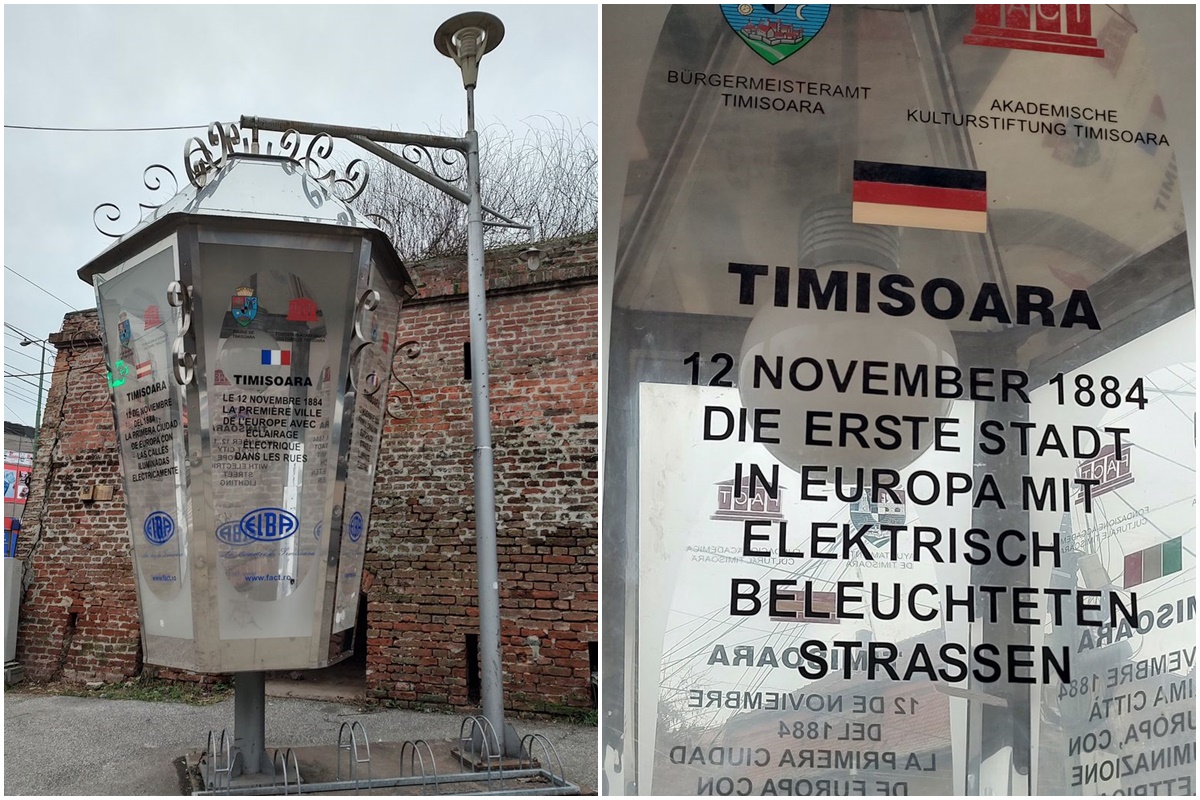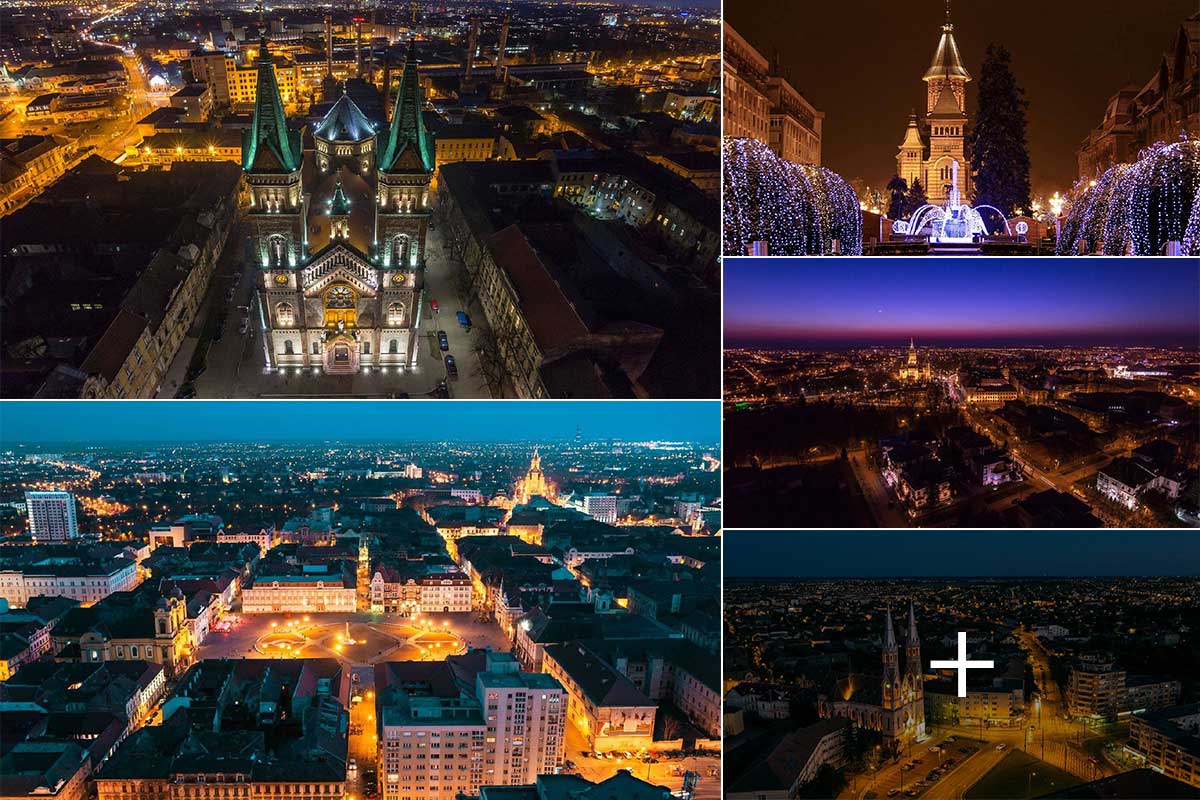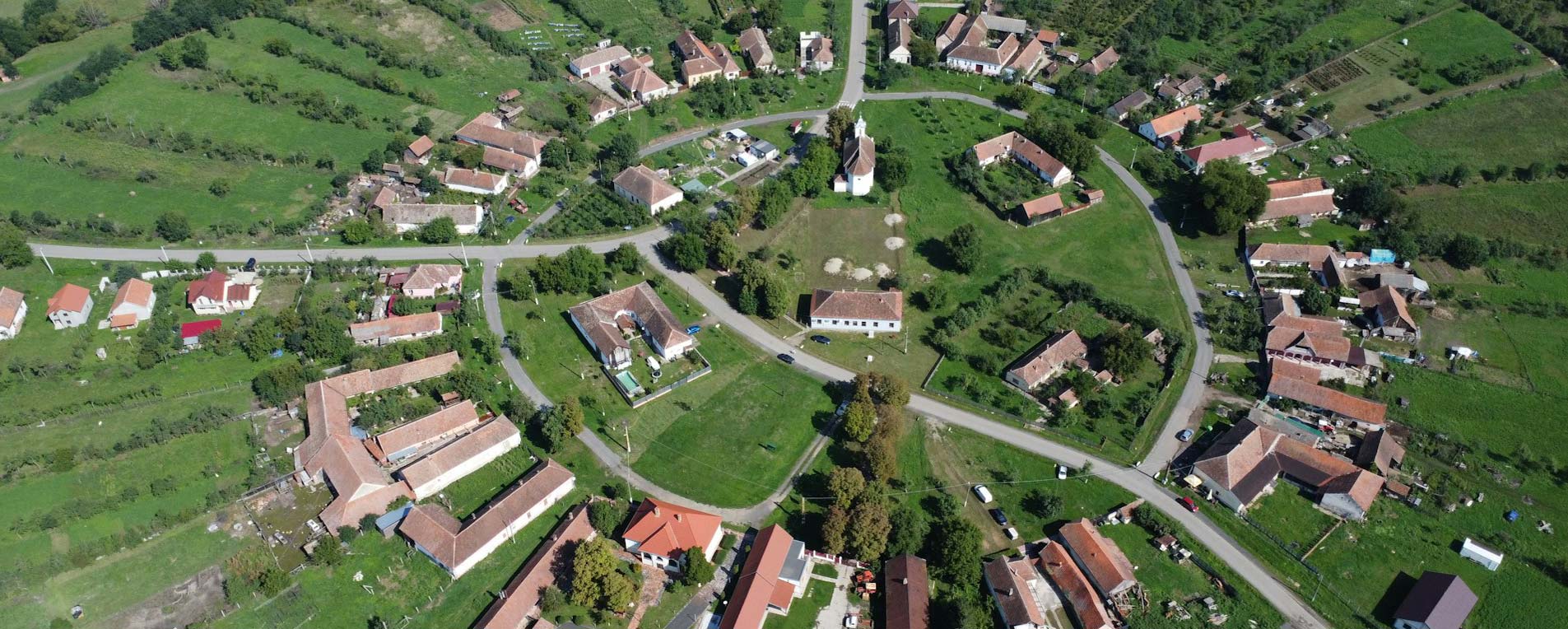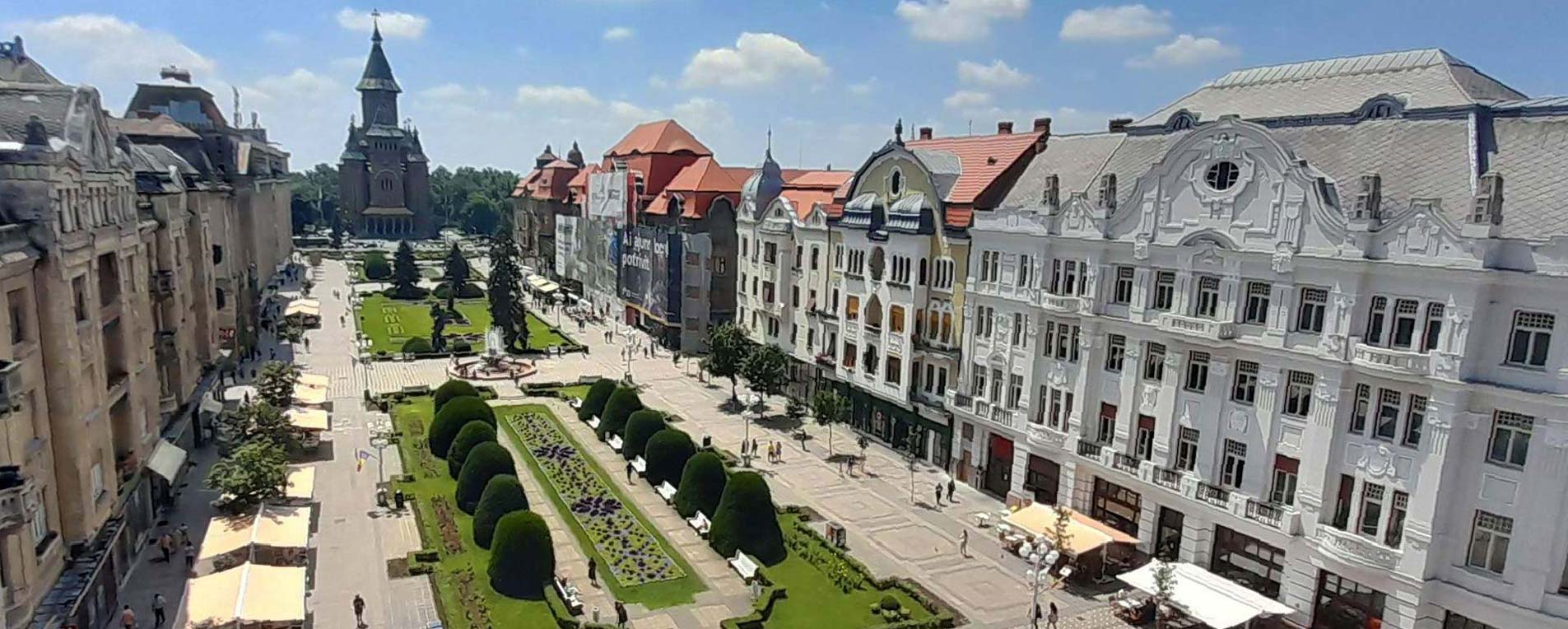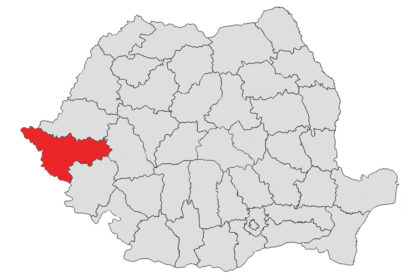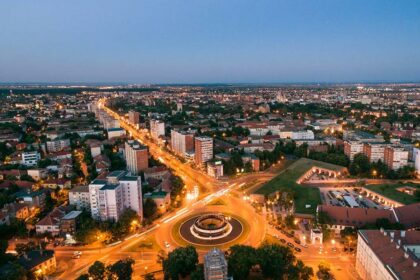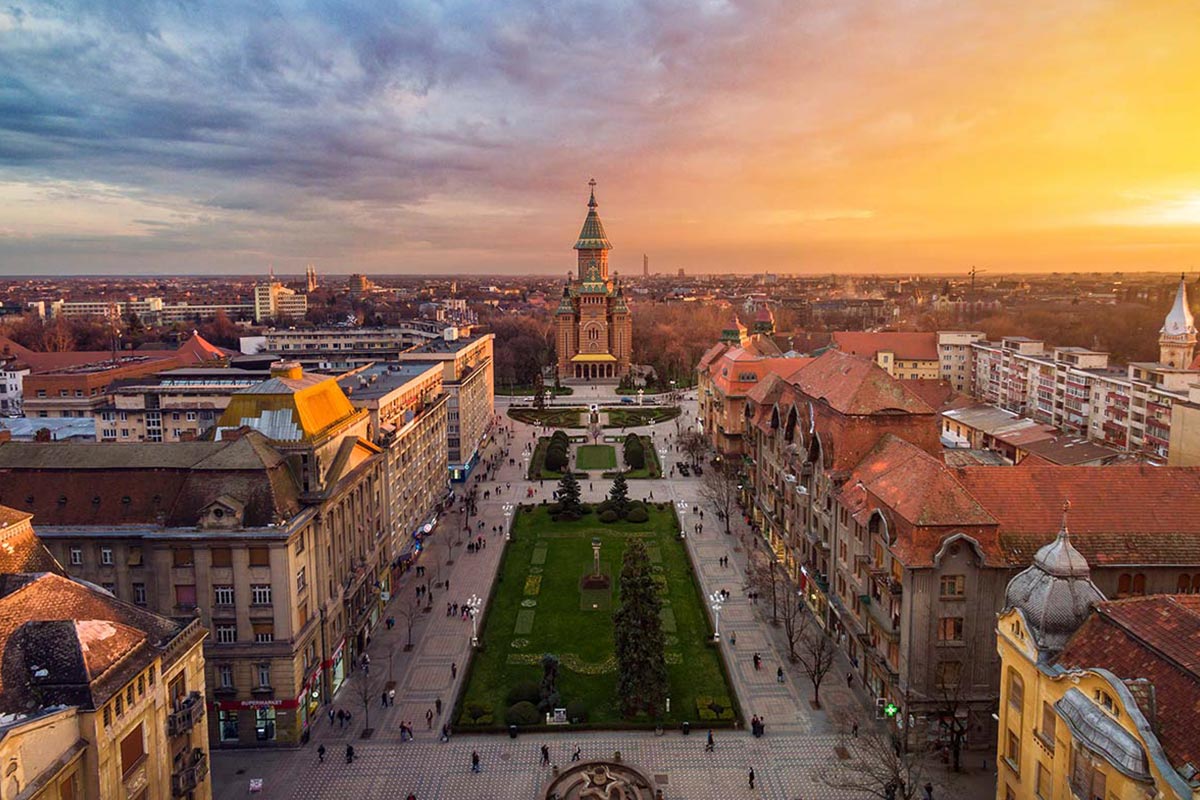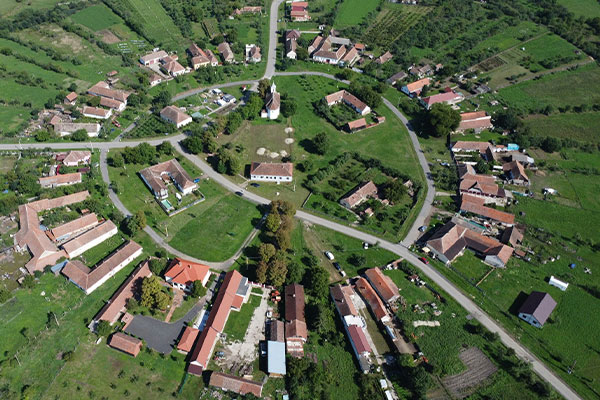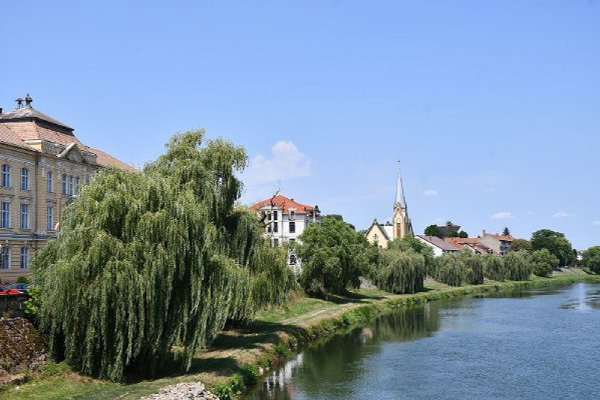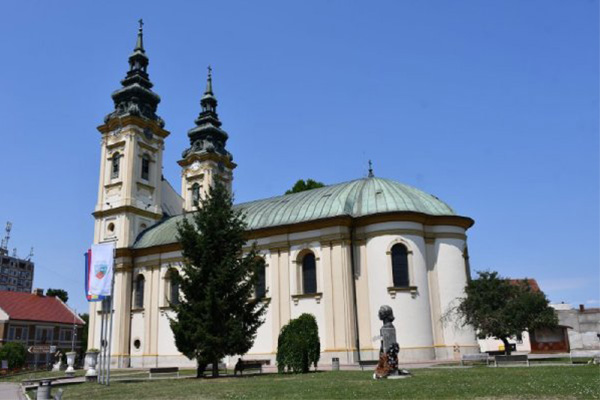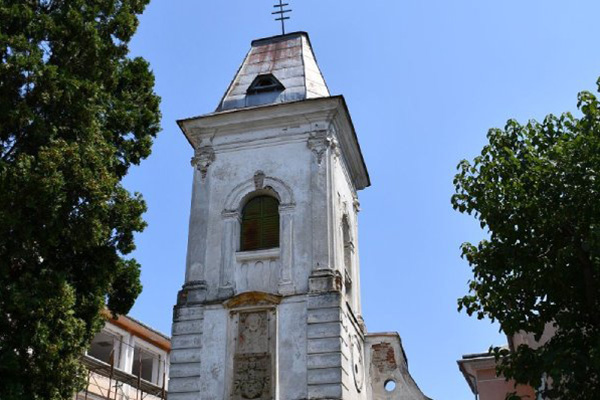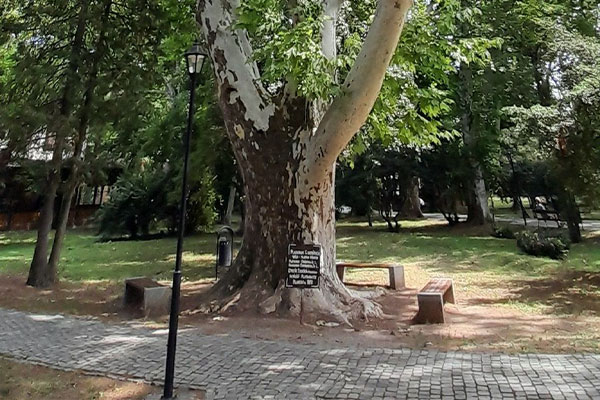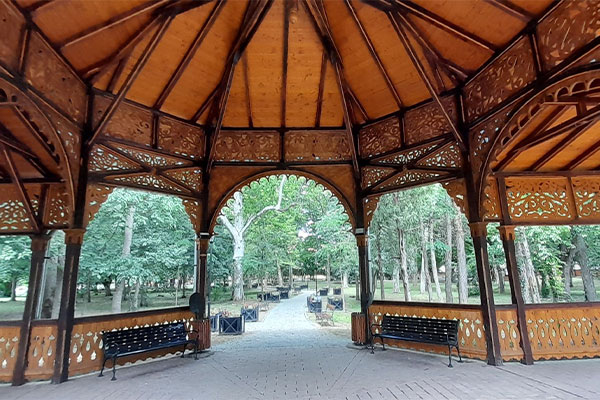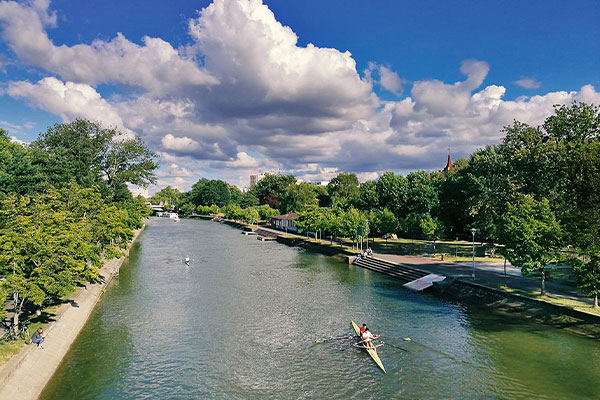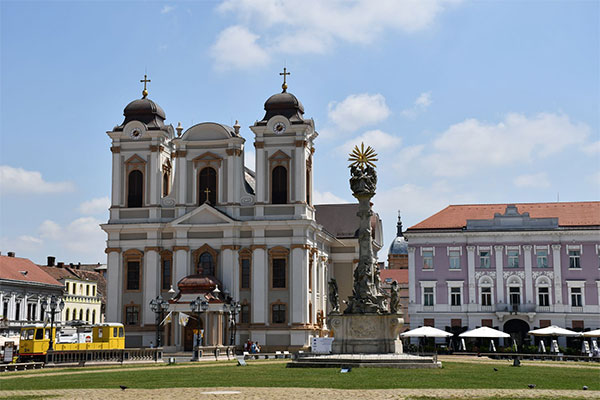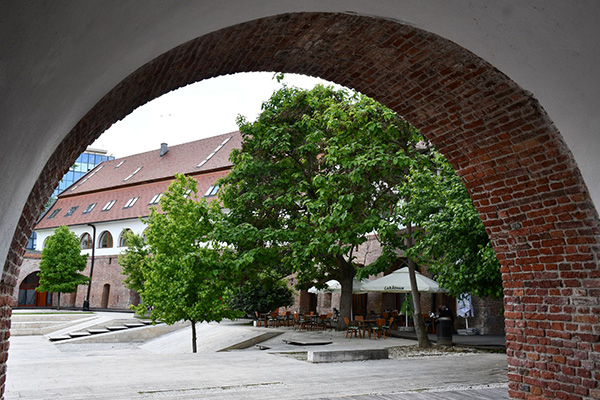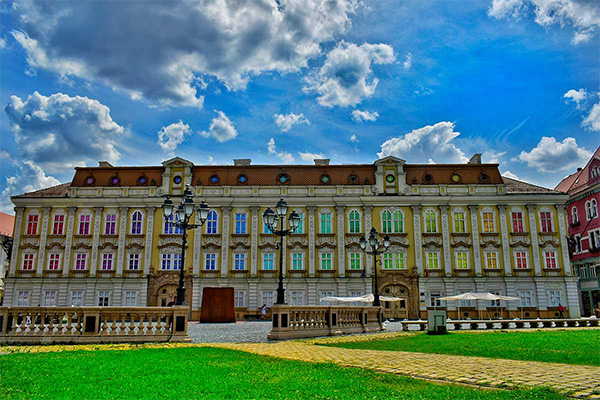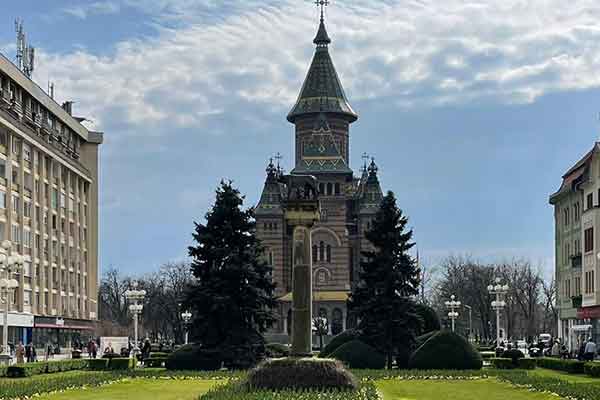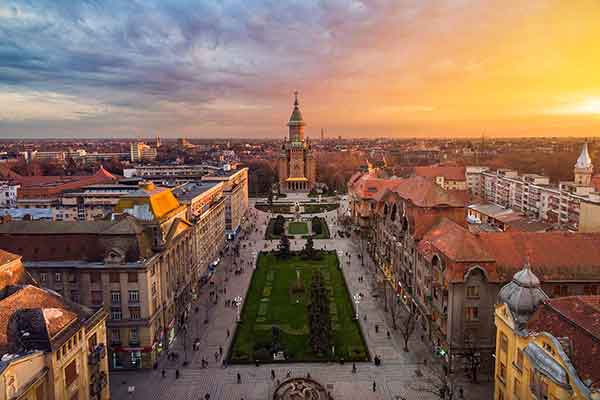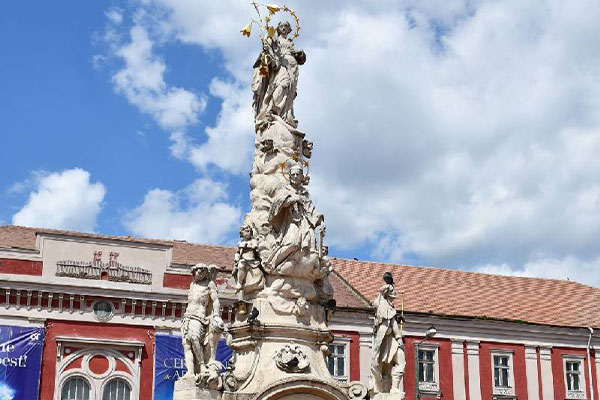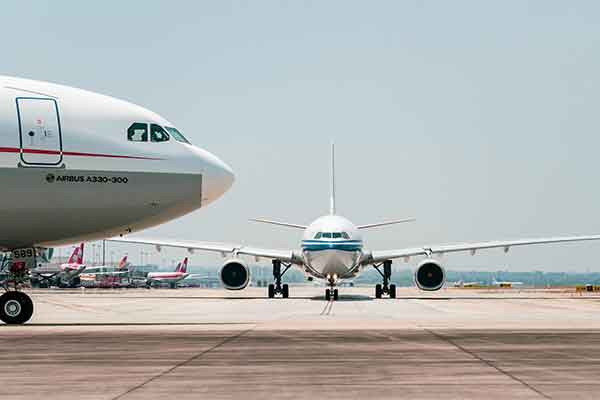Timiș County (Cities: Timisoara, Lugoj, Sannicolau Mare)
Timiș is a Romanian county in the historical region of Banat, with the capital of Timișoara district. The registration number and common abbreviation for the circle is TM. Timiș County borders Arad County to the north, Hunedoara County to the east, Caraș-Severin County to the southeast and south, Serbia to the south and southwest, and Hungary to the west and northwest.
Tourist attractions / Excursion destinations and Recommendations / Activities
Charlotenburg | Timis County
[More about] [Map]
Charlotenburg, the only round-shaped village in Romania, is located in Timiș county and bears the imprint of German history since 1771, when it was founded by the Swabian settlers. Its distinctive feature is the circular arrangement of houses around a central square, a unique urban architecture in the country. The village still preserves many of the original buildings in the authentic Swabian architectural style, and in the center of the village is the 18th-century Catholic church
Lugoj | Timis County
[More about] [Map]
The Timiș River, which flows through Lugoj, has had a formative influence on the city’s development over the centuries. In the past, it played an important role as a transport and trade route. Today, it has gained importance primarily as a local recreation area for the population.
Church “Adormirea Maicii Domnului” | Lugoj | Timis County
[More about] [Map]
The Baroque Orthodox Church of the Assumption, built in 1766, is one of the most remarkable sacred buildings in Lugoj, in the Banat region. A masterpiece of Baroque Orthodox architecture, it impresses with its characteristic tower façade and richly decorated interior with masterfully executed frescoes.
The Sf. Nicolae Tower | Lugoj | Timis County
[More about] [Map]
The Sf. Nicolae Tower in Lugoj, built around 1402, is the oldest building in the city and an important landmark. The baroque bell tower, featuring an artistic facade relief, recalls Lugoj’s medieval history and offers insights into the traditions and cultural richness of the region.
Platanus X | Buzias | Timis County
[More about] [Map]
The plane tree, planted exactly 25 years before the birth of Empress Elisabeth of Austria (also known as Sissi), is now 213 years old.The tree is located in the town of Buziaș, Timiș County, in the promenade garden, surrounded by a wooden pavilion, which was commissioned in 1875 by Emperor Franz Joseph for Empress Sissi.
Buzias Park | Buzias | Timis County
[More about] [Map]
The Buziaș Park, located in Timiș County, was established in 1815 and quickly became the centrepiece of the spa town of the same name. It is renowned for its 500-metre-long covered wooden colonnade, which was built in an Oriental-Byzantine style in 1875 and is unique in Europe. Once a place of recreation for Empress Sissi, the park is now surrounded by various types of tree.
Bega | Timisoara City
[More about] [Map]
Until the 18th century, the Timișoara area was characterised by marshes. Construction of the Bega Canal began in 1728 to drain the marshes and promote urban development. In 1732, the first ship traveled to Pančevo, Serbia. The navigable distance was 116 km. Today, the Bega plays an important role in public transport and recreational boating. The bike lanes and paths along the banks are ideal for walking, jogging, and cycling.
St. George Cathedral | Timisoara City
[More about] [Map]
The Baroque church was built on wooden pillars between 1736 and 1774. It was built according to plans from Vienna and was named the main church of Timișoara by Maria Theresa in 1756. Its interior contains important works of art, including the painting “Saint George” by Michelangelo Unterberger and six side altars by Johann Adam Schöpf. The current organ dates from 1908.
Maria Theresia Bastion | Timisoara City
[More about] [Map]
Maria Theresa Bastion is the last remaining bastion of the former Austro-Hungarian fortress of Timișoara. It was built between 1730 and 1735 and bears the name of the Austrian Empress Maria Theresa. Originally, the fortress had nine bastions, but after the demolition of the fortifications in 1892, only this bastion remained. Today, the bastion is home to galleries, restaurants and bars that fill the historic ambience with contemporary life. In summer, outdoor concerts take place, transforming the inner courtyard into a lively cultural center.
Baroque Palace | Timisoara City
[More about] [Map]
The Baroque palace dates back to the 18th century. It is one of Timisoara’s most beautiful buildings and adds to the city’s valuable architectural heritage. It was built in the mid-18th century as a residence for the civil governor of Banat. Franz Liszt gave a concert in the great hall of honor, the Baroque Hall, in 1846. The palace has housed the art museum since 1984.
Orthodox Metropolitan Cathedral | Timisoara City
[More about] [Map]
The Metropolitan Cathedral is one of the most symbolic buildings in the city. It was built between 1936 and 1946. The architectural style of the building harmoniously combines elements of ancient Romanian-Moldavian architecture. With its eleven towers covered with colored, glazed tiles and a height of 83 meters, it is one of the largest churches in Romania. In the basement of the cathedral there is a museum with an extensive collection of religious art.
Union Square | Timisoara City
[More about] [Map]
Union Square is the oldest historical square in Timișoara. It is home to outstanding Baroque buildings such as the Baroque Palace, the Roman Catholic Church, the Serbian Orthodox Cathedral, the Palace of the Serbian Orthodox Diocese and the Monument of the Holy Trinity, located in the city center.Over the years, it has also been called Great Square, Cathedral Square and Losonczy Square (named after Count Stefan Losonczy, who was killed during the Turkish conquest of the city in 1552).It was given the name Union Square in 1919, because it was here that the Romanian troops marching into Timișoara stopped.
Victoria Square | Timisoara City
[More about] [Map]
Victory Square was originally a main boulevard, transformed into a square at the beginning of the 20th century with the demolition of the old citadel. This transformation aimed to reconfigure the city center and facilitate urban development. Today, the square is surrounded by some of Timișoara’s most important cultural institutions: The Romanian Opera, the National Theatre, the Hungarian State Theatre, the German State Theatre, the Mitropolitan Cathedral, the Timiș and Studio cinemas, the National Museum of Banat, numerous art galleries, as well as a variety of shops.
Liberty Square | Timisoara City
[More about] [Map]
Libertății Square (originally the Parade Square, later Prince Eugeniu Square) is a historic square in Timișoara, where several military buildings have been located since the beginning. These include the garrison headquarters, the Old Town Hall, the former war chancellery (next to the Old Town Hall), the military casino and the important baroque monument “Monument of St. Mary and St. John Nepomuk”. Victory Square also hosts a number of major cultural events, including the JazzX festival, Art Encounters Biennale, Easter and Christmas fairs, New Year’s concerts and many more.
Banat Village Museum | Timisoara City
[More about] [Map]
The Banat Village Museum presents the traditional architecture, way of life and crafts of the multicultural population. Farmhouses and other buildings from the 19th and 20th centuries were brought here from different villages in Banat. Visitors can see everyday life and cultural traces of ethnic groups such as Romanians, Germans, Hungarians and Serbs. The museum regularly organizes cultural events, workshops and exhibitions of traditional art and is an interesting meeting place for those interested in history and culture.
International Airport “Traian Vuia” | Timisoara
[More about] [Map]
Traian Vuia International Airport in Timișoara is located just 11 km northeast of the city center and is an ideal starting point for exploring historic Timișoara and the surrounding region. Named after Romanian inventor Traian Vuia, the airport boasts modern infrastructure and numerous domestic and international connections, and is one of the largest airports in Romania.
Facebook PostsView all Facebook posts!






